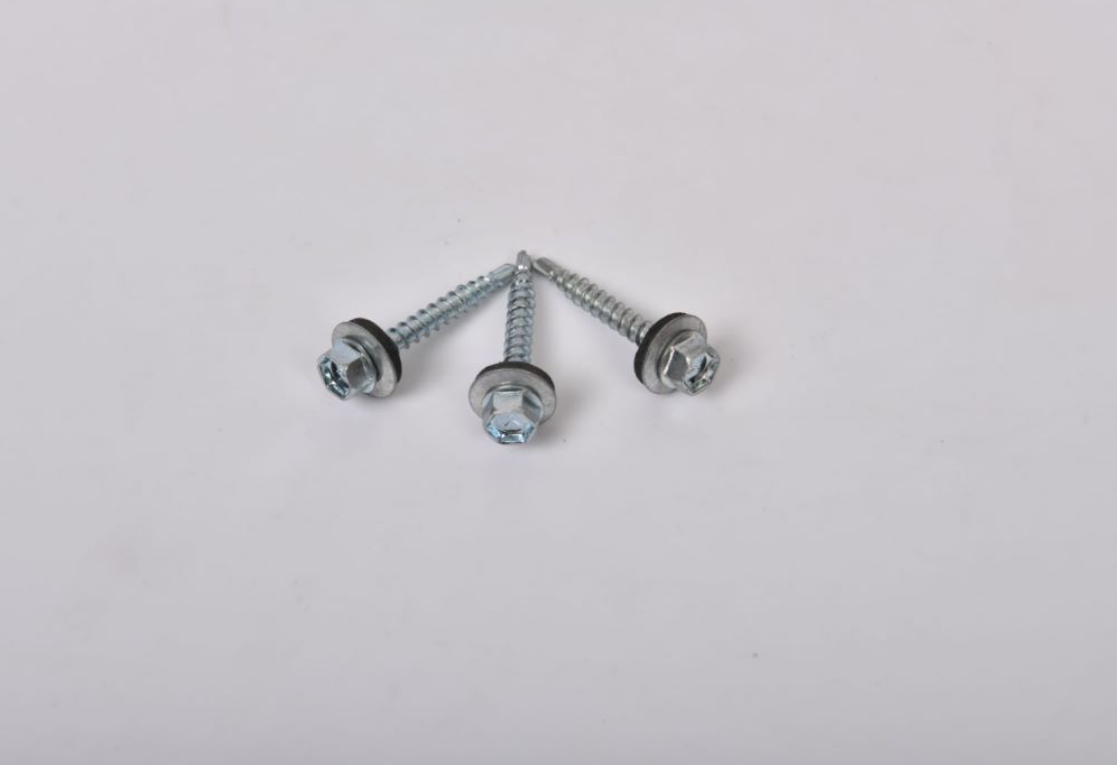OEM Flat and Lock Washers for Secure Fastening Solutions
Understanding OEM Lock Washers and Flat Washers A Comprehensive Guide
When it comes to assembling machinery and structures, fastening components play a critical role in maintaining the integrity and functionality of the overall system. Among these fastening components, OEM (Original Equipment Manufacturer) lock washers and flat washers are two essential types that help secure bolts and screws, ensuring that they do not loosen over time due to vibrations or other mechanical stresses. This article aims to provide a detailed overview of lock washers and flat washers, their applications, and considerations for their use.
What are Washers?
Washers are thin plates with a hole in the center, used in conjunction with bolts or nuts. They serve multiple purposes, such as distributing the load of the fastener, protecting the surface from damage, and preventing leakage. Among the different types of washers are flat washers and lock washers, each designed for specific applications.
Flat Washers
Flat washers are circular discs that provide a stable surface for nuts and bolts. They come in various sizes, thicknesses, and materials, including steel, stainless steel, rubber, and plastic. The primary purpose of a flat washer is to distribute the load from the fastener over a larger area, reducing the risk of damage to the material being fastened. Because they create a smooth surface, flat washers also prevent wear and tear over time.
Flat washers are commonly used in numerous applications, including automotive, aerospace, construction, and household projects. When selecting flat washers, it is important to consider factors such as the load capacity, material compatibility, and environmental conditions they will be exposed to.
Lock Washers
Lock washers are designed specifically to prevent nuts and bolts from loosening over time. They are typically made of spring steel or other resilient materials and come in various styles, including split, toothed, and wave lock washers. The unique shapes of these washers create friction, which helps keep fasteners tight, even in high-vibration environments.
oem lock washer flat washer

1. Split Lock Washers These are perhaps the most common type and are characterized by a split or gap that allows the washer to flex. When a nut is tightened over the split lock washer, the washer closes the gap, creating tension that secures the fastener in place.
2. Toothed Lock Washers These washers feature teeth that bite into the surface of the material being fastened and the fastener itself. This creates a more secure grip, making them ideal for applications exposed to severe vibration.
3. Wave Lock Washers These washers have a wavy shape and provide a combination of torsion and tension, making them effective in both vibration damping and load distribution.
Applications of OEM Washers
In the context of OEM applications, lock washers and flat washers are crucial for ensuring that equipment operates efficiently and safely. For example, in automotive manufacturing, flat washers can be used to prevent damage to body panels while providing a secure grip for components. Similarly, lock washers are invaluable in engine assembly to ensure that various components remain securely fastened, reducing the risk of failure during operation.
In the aerospace industry, where safety is paramount, properly installed washers can be the difference between a successful flight and a catastrophic failure. OEM washers must comply with strict industry standards and regulations to ensure quality and reliability.
Conclusion
In conclusion, both OEM lock washers and flat washers are vital components in various industries. Understanding their differences, applications, and the materials they are made from can greatly enhance the effectiveness and safety of mechanical assemblies. When selecting the appropriate type of washer, it is crucial to consider the specific requirements of the application, including load, vibration, and environmental factors. By doing so, manufacturers and engineers can ensure the longevity and performance of their systems, ultimately leading to safer and more reliable products.
-
Top Choices for Plasterboard FixingNewsDec.26,2024
-
The Versatility of Specialty WashersNewsDec.26,2024
-
Secure Your ProjectsNewsDec.26,2024
-
Essential Screws for Chipboard Flooring ProjectsNewsDec.26,2024
-
Choosing the Right Drywall ScrewsNewsDec.26,2024
-
Black Phosphate Screws for Superior PerformanceNewsDec.26,2024
-
The Versatile Choice of Nylon Flat Washers for Your NeedsNewsDec.18,2024










